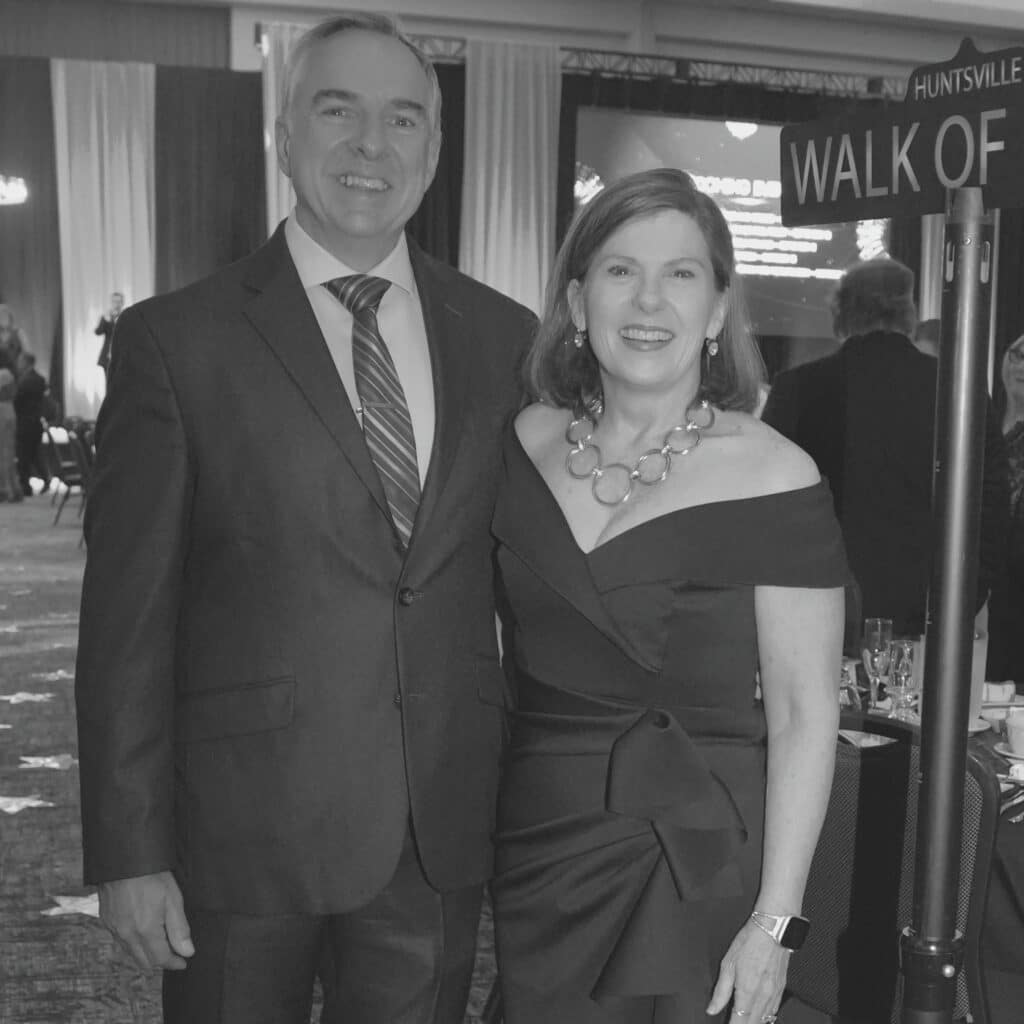05 Mar Change the Story and Change Everything
 The Stories We Tell
The Stories We Tell
To make sense of the world around us, we create stories or mental models that explain how the world works. We then invest ourselves in the truth of those stories, even when they no longer serve us. To illustrate this at work, here is a story from one of my recent clients who discovered how changing his story turned around a new position and set him up for future success.
Joe’s Old Story
Joe was recently promoted to Vice President in a large multinational company. Always a strong performer, Joe felt his primary contribution was in his experience and insights and that he would integrate best into a team of his peer Vice Presidents by demonstrating how he could add value to their discussions and decisions. The story Joe told himself was that he was adding value by contributing rigorous thought and analysis and bringing the best ideas to the table.
You’ve interacted with someone like Joe in your work. They are often brilliant, but are seen as argumentative and contrary. They poke holes in other’s ideas, and argue ceaselessly for their own ideas. You may have even considered that your “Joe” was mean-spirited or superior.
As you might imagine, Joe was having a hard time building relationships with his peers, and instead of accelerating his acceptance as an equal, his attitude was creating barriers in his relationships. For Joe, hearing how he was perceived by others came as a shock, since his intentions were only to add value. As his coach, I observed Joe in action and reflected back to him his own words, body language and actions from individual conversations at work. Seeing his actions more clearly, Joe was able to see how his attitude was alienating his peers and his new boss.
Joe’s New Story
The shift in Joe’s story became one of partnership and creating win-win solutions with his peers and even his boss. He shifted to telling himself that in order to be heard, one needs to listen, and he started doing so. At first, Joe listened because I assigned him that exercise. As he started hearing things that reinforced the need to change, he started to incorporate and address the ideas of others in constructive and appreciative ways. He saw that he was respected more, not less, when he collaborated on a solution or strategy.
Joe’s new story was that in order to be a contributor at this higher level, he needed to be more strategic and holistic in his thinking and to demonstrate understanding of and respect for the opinions of the other Vice Presidents. He now believes his success is related as much or more to the quality of his relationships, than simply the quality of his thinking. He noticed that his thinking was important to his peers only after he had built better relationships, and not the other way around.
Your Turn
We all build stories to explain what we see. They are neither true nor untrue, they are simply our interpretation of what we notice. These stories create our attitudes at work and how we are viewed by others. Where are your stories helping you, and where might they be holding you back? What alternative stories might help you build stronger relationships and teams?
Related Articles
Ready to fearlessly provide feedback and get positive results?
Our Fearless Leaders MasterClass® Program will help you develop the emotional intelligence and leadership skills needed to have effective conversations.
Sign up to reduce manager overwhelm and employee turnover.


 The Stories We Tell
The Stories We Tell

